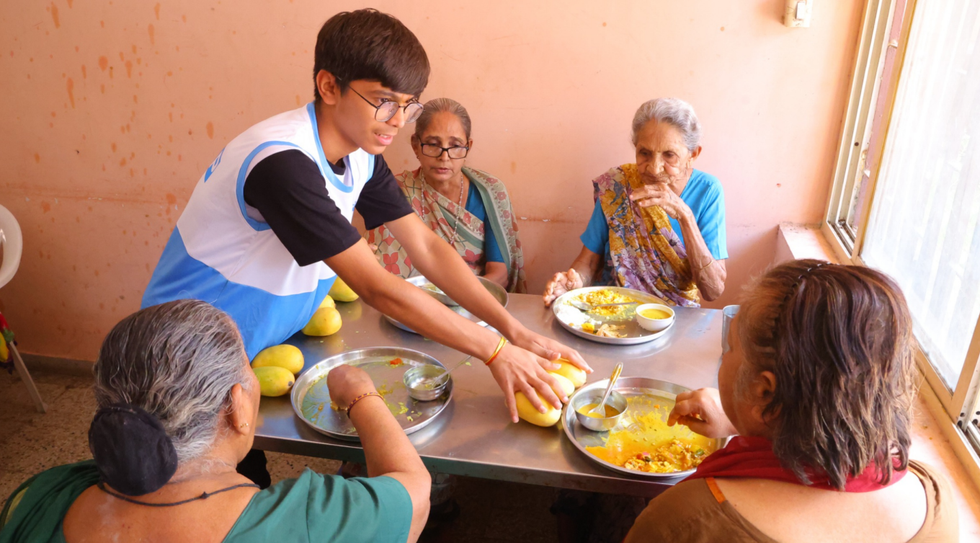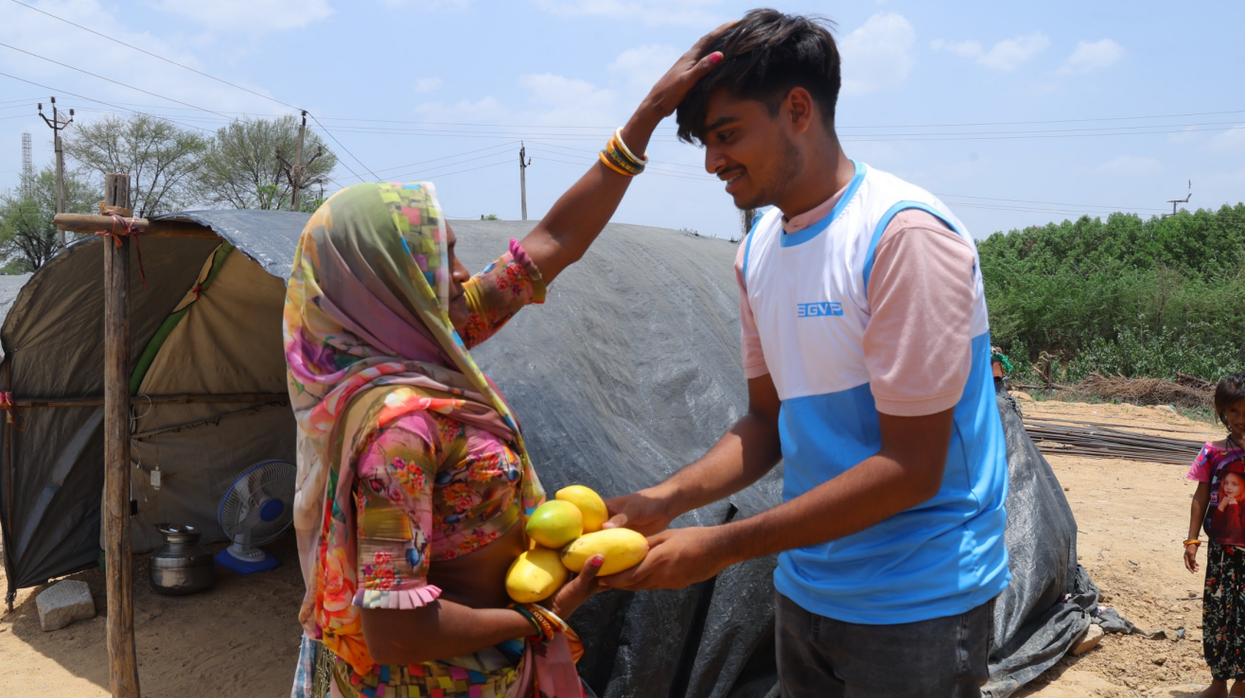Madhavipriyadas Swami of SGVP Holistic Hospital in Ahmedabad led a mango distribution drive in 2025, providing free mangoes to poor and needy families as part of the SGVP Mango Festival.
The event was held at the SGVP campus and aimed to support underprivileged communities by distributing fresh seasonal fruit during the summer. Thousands of mangoes were handed out to individuals from economically weaker backgrounds.

Swami Madhavipriyadas personally oversaw the initiative, highlighting the hospital’s continued commitment to community welfare and seva (service). Volunteers and staff members of the hospital participated in the event, ensuring the distribution was well-organised and reached the intended beneficiaries.

The mango distribution is one of SGVP’s ongoing efforts to uplift disadvantaged sections of society by offering food, healthcare, and support. Organisers said the gesture was not only about providing fruit but also about spreading kindness and compassion.
The festival was warmly received by recipients and appreciated by local residents. SGVP plans to continue similar charitable activities in future, with the support of its spiritual and community leaders.













